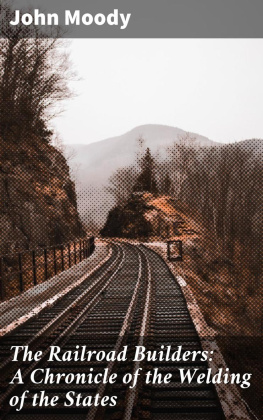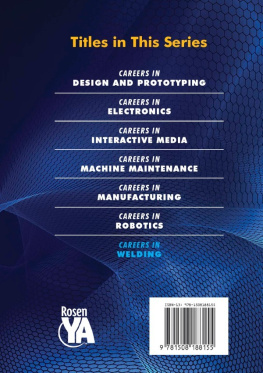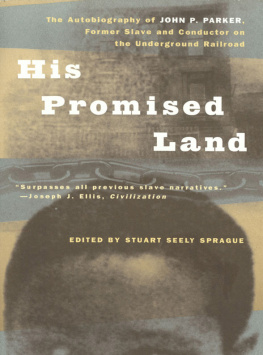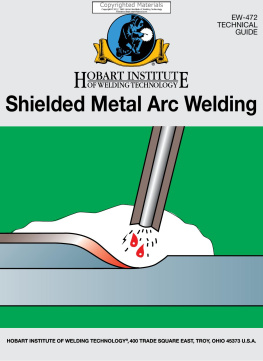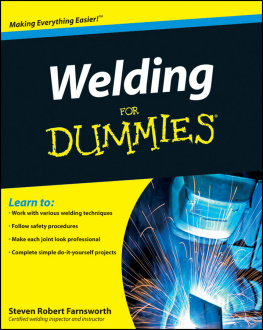CHAPTER I. A CENTURY OF RAILROAD BUILDING
Table of Contents
The United States as we know it today is largely the result of mechanical inventions, and in particular of agricultural machinery and the railroad. One transformed millions of acres of uncultivated land into fertile farms, while the other furnished the transportation which carried the crops to distant markets. Before these inventions appeared, it is true, Americans had crossed the Alleghanies, reached the Mississippi Valley, and had even penetrated to the Pacific coast; thus in a thousand years or so the United States might conceivably have become a far-reaching, straggling, loosely jointed Roman Empire, depending entirely upon its oceans, internal watercourses, and imperial highways for such economic and political integrity as it might achieve. But the great miracle of the nineteenth centurythe building of a new nation, reaching more than three thousand miles from sea to sea, giving sustenance to more than one hundred million free people, and diffusing among them the necessities and comforts of civilization to a greater extent than the world had ever known before is explained by the development of harvesting machinery and of the railroad.
The railroad is sprung from the application of two fundamental ideasone the use of a mechanical means of developing speed, the other the use of a smooth running surface to diminish friction. Though these two principles are today combined, they were originally absolutely distinct. In fact there were railroads long before there were steam engines or locomotives. If we seek the real predecessor of the modern railroad track, we must go back three hundred years to the wooden rails on which were drawn the little cars used in English collieries to carry the coal from the mines to tidewater. The natural history of this invention is clear enough. The driving of large coal wagons along the public highway made deep ruts in the road, and some ingenious person began repairing the damage by laying wooden planks in the furrows. The coal wagons drove over this crude roadbed so successfully that certain proprietors started constructing special planked roadways from the mines to the river mouth. Logs, forming what we now call "ties," were placed crosswise at intervals of three or four feet, and upon these supports thin "rails," likewise of wood, were laid lengthwise. So effectually did this arrangement reduce friction that a single horse could now draw a great wagon filled with coalan operation which two or three teams, lunging over muddy roads, formerly had great difficulty in performing. In order to lengthen the life of the road, a thin sheeting of iron was presently laid upon the wooden rail. The next improvement was an attempt to increase the durability of the wagons by making the wheels of iron. It was not, however, until 1767, when the first rails were cast entirely of iron with a flange at one side to keep the wheel steadily in place, that the modern roadbed in all its fundamental principles made its appearance. This, be it observed, was only two years after Watt had patented his first steam engine, and it was nearly fifty years before Stephenson built his first locomotive. The railroad originally was as completely dissociated from steam propulsion as was the ship. Just as vessels had existed for ages before the introduction of mechanical power, so the railroad had been a familiar sight in the mining districts of England for at least two centuries before the invention of Watt really gave it wings and turned it to wider uses. In this respect the progress of the railroad resembles that of the automobile, which had existed in crude form long before the invention of the gasoline engine made it practically useful.
In the United States three new methods of transportation made their appearance at almost the same timethe steamboat, the canal boat, and the rail car. Of all three, the last was the slowest in attaining popularity. As early as 1812 John Stevens, of Hoboken, aroused much interest and more amused hostility by advocating the building of a railroad, instead of a canal, across New York State from the Hudson River to Lake Erie, and for several years this indefatigable spirit journeyed from town to town and from State to State, in a fruitless effort to push his favorite scheme. The great success of the Erie Canal was finally hailed as a conclusive argument against all the ridiculous claims made in favor of the railroad and precipitated a canal mania which spread all over the country.
Yet the enthusiasts for railroads could not be discouraged, and presently the whole population divided into two camps, the friends of the canal, and the friends of the iron highway. Newspapers acrimoniously championed either side; the question was a favorite topic with debating societies; public meetings and conventions were held to uphold one method of transportation and to decry the other. The canal, it was urged, was not an experiment; it had been tested and not found wanting; already the great achievement of De Witt Clinton in completing the Erie Canal had made New York City the metropolis of the western world. The railroad, it was asserted, was just as emphatically an experiment; no one could tell whether it could ever succeed; why, therefore, pour money and effort into this new form of transportation when the other was a demonstrated success?
It was a simple matter to find fault with the railroad; it has always been its fate to arouse the opposition of the farmers. This hostility appeared early and was based largely upon grounds that have a familiar sound even today. The railroad, they said, was a natural monopoly; no private citizen could hope ever to own one; it was thus a kind of monster which, if encouraged, would override all popular rights. From this economic criticism the enemies of the railroad passed to details of construction: the rails would be washed out by rains; they could be destroyed by mischievous people; they would snap under the cold of winter or be buried under the snow for a considerable period, thus stopping all communication. The champions of artificial waterways would point in contrast to the beautiful packet boats on the Erie Canal, with their fine sleeping rooms, their restaurants, their spacious decks on which the fine ladies and gentlemen congregated every warm summer day, and would insist that such kind of travel was far more comfortable than it could ever be on railroads. To all these pleas the advocates of the railroad had one unassailable argumentits infinitely greater speed. After all, it took a towboat three or four days to go from Albany to Buffalo, and the time was not far distant, they argued, when a railroad would make the same trip in less than a day. Indeed, our forefathers made one curious mistake: they predicted a speed for the railroad a hundred miles an hourwhich it has never attained consistently with safety.
If the American of today could transport himself to one of the first railroad lines built in the United States it is not unlikely that he would side with the canal enthusiast in his argument. The rough pictures which accompany most accounts of early railroad days, showing a train of omnibus-like carriages pulled by a locomotive with upright boiler, really represent a somewhat advanced stage of development. Though Stephenson had demonstrated the practicability of the locomotive in 1814 and although the American, John Stevens, had constructed one in 1826 which had demonstrated its ability to take a curve, local prejudice against this innovation continued strong. The farmers asserted that the sparks set fire to their hayricks and barns and that the noise frightened their hens so that they would not lay and their cows so that they could not give milk. On the earliest railroads, therefore, almost any other method of propulsion was preferred. Horses and dogs were used, winches turned by men were occasionally installed, and in some cases cars were even fitted with sails. Of all these methods, the horse was the most popular: he sent out no sparks, he carried his own fuel, he made little noise, and he would not explode. His only failing was that he would leave the track; and to remedy this defect the early railroad builders hit upon a happy device. Sometimes they would fix a treadmill inside the car; two horses would patiently propel the caravan, the seats for passengers being arranged on either side. So unformed was the prevalent conception of the ultimate function of the railroad, and so pronounced was the fear of monopoly that, on certain lines, the roadbed was laid as a state enterprise and the users furnished their own cars, just as the individual owners of towboats did on the canals. The drivers, however, were an exceedingly rough lot; no schedules were observed and as the first lines had only single tracks and infrequent turnouts, when the opposing sides would meet each other coming and going, precedence was usually awarded to the side which had the stronger arm. The roadbed showed little improvement over the mine tramways of the eighteenth century, and the rails were only long wooden stringers with strap iron nailed on top. So undeveloped were the resources of the country that the builders of the Baltimore and Ohio Railroad in 1828 petitioned Congress to remit the duty on the iron which it was compelled to import from England. The trains consisted of a string of little cars, with the baggage piled on the roof, and when they reached a hill they sometimes had to be pulled up the inclined plane by a rope. Yet the traveling in these earliest days was probably more comfortable than in those which immediately followed the general adoption of locomotives. When, five or ten years later, the advantages of mechanical as opposed to animal traction caused engines to be introduced extensively, the passengers behind them rode through constant smoke and hot cinders that made railway travel an incessant torture.


